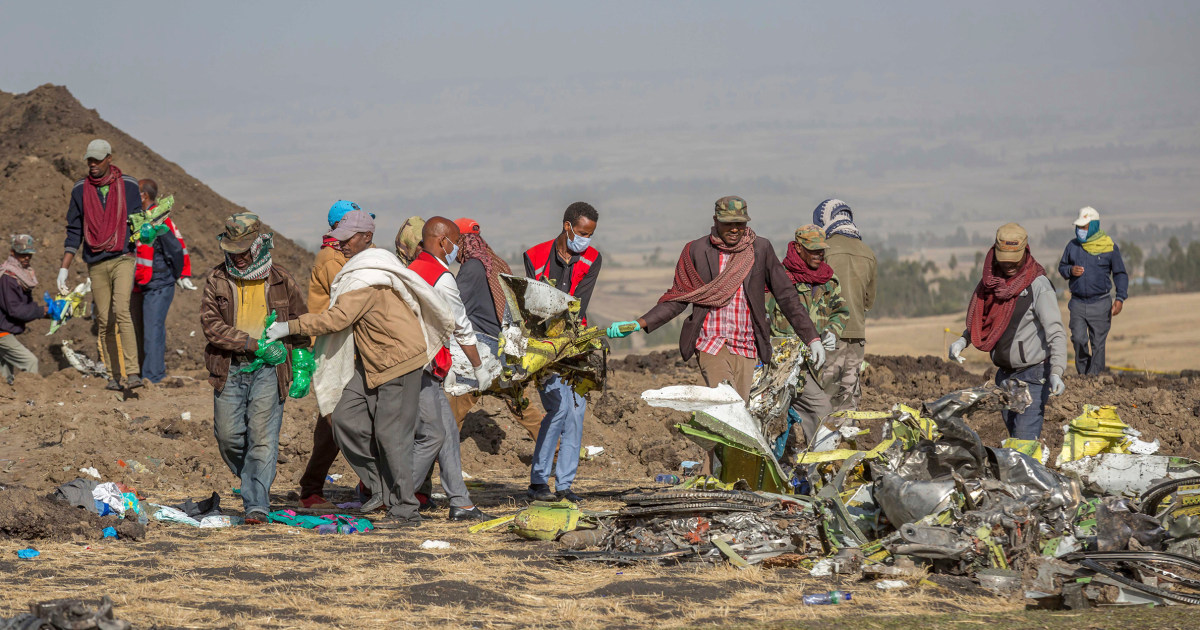In the third term of Prime Minister (PM) Narendra Modi, the National Democratic Alliance (NDA) government hit the ground running, and nowhere is it more evident than in the field of foreign and security policy. And while there is no question that there is broad continuity in this area, some nuances are beginning to emerge. One clearly detectable trend is India strongly reverting to its roots of multi-alignment and strategic autonomy. It is not that this was abandoned earlier by the Modi government, but India is reasserting its strategy of multi-alignment a little more strongly in the light of pervasive geopolitical uncertainty.

PM Modi visited Russia in July and met President Vladimir Putin as part of a bilateral summit, knowing well that he would end up raising the hackles of India’s friends in the West. Modi not only had substantive meetings with Putin on the full spectrum of bilateral issues but also signed a fair number of agreements. But the boldest gambit Modi has made until now is the just-concluded visit to Ukraine, where he met with President Volodymyr Zelenskyy at length for discussions on bilateral and regional issues. While Modi had stated emphatically long back to Putin that this was not the era of war, his line to Zelenskyy was that India was not neutral in this war and that it had picked the side of peace. It was clear that Modi was going as a messenger of peace and not as a mediator. Neither side has reached the point of military exhaustion, so any mediation at this point must be considered premature. But the fact that India was able to discuss bilateral cooperation with Ukraine on subjects such as defence, agriculture, and trade demonstrates the utility of a foreign policy based on multi-alignment. Not only was this visit a case of shrewd strategic balancing, but it was also a signal to interested parties that India is not devoid of options.
Modi’s visit to Poland, leading to the establishment of a strategic partnership, was long overdue and was aimed at correcting India’s neglect hitherto of the “new Europe”. The fact of the matter is that the centre of gravity in Europe is shifting, slowly but surely, from Berlin, Paris and Rome to Warsaw, Budapest and Prague. In particular, Poland will emerge as an indispensable strategic actor in a future European Union.
The logic of sustained engagement appears to have guided India on its ties with China as well. It may be recalled that Sino-Indian ties had hit rock bottom with no meetings at the summit level since the Bali G20 meeting of November 2022. True, the two leaders, PM Modi and Chinese President Xi Jinping, had a “conversation” in August 2023 during the BRICS Summit in Johannesburg, but this was anything but substantive. Since then, it is as though the two leaders have been trying to avoid each other in multilateral fora. Thus, Xi gave the Delhi G20 Summit a miss, and Modi returned the favour by not showing up for the Shanghai Cooperation Organization (SCO) Summit held this month in Astana. Against this background, it is interesting to note that external affairs minister S Jaishankar and Chinese foreign minister Wang Yi met twice in July. The first of these meetings took place on July 4 in Astana on the margins of the SCO Summit. Soon thereafter, on July 25, the two men again had a substantive meeting in Vientiane, Laos, on the sidelines of an Association of Southeast Asian Nations (ASEAN) event. While there remain substantive points of disagreement, one gets the impression that India is trying its best to achieve the goal of mutual, complete disengagement at the border so that relations can be put back on an even keel. In any event, India wishes to keep all its options vis-à-vis China.
While the Quad summit meeting failed to materialise in January in Delhi, Jaishankar has been in continuous contact with his counterpart in the United States (US), secretary of state Antony Blinken; and the US national security adviser Jake Sullivan was the first overseas visitor to come to Delhi soon after the Modi government 3.0 took charge. The Indian defence minister has just had intense discussions with his American counterpart, which led to the signing of the Security of Supplies Arrangement that will enable closer industry cooperation between the two countries. The US has emerged as the biggest defence importer of India-made subsystems. All things considered, there is little doubt that the US remains the most consequential strategic partner for India.
India’s policy of multi-alignment is borne out of strategic necessity amidst intense geopolitical uncertainty. Consider the following. The US probably faces the most existential election in its history; the EU remains paralysed, with key countries like France and Germany facing internal problems; West Asia is up in flames; South Asia remains fragile, as evidenced by events in Bangladesh; and the Indo-Pacific remains on a knife-edge, perhaps one maritime incident away from a full-blown crisis. It is this fundamentally uncertain strategic landscape that has pushed India to opt for a more fortified policy of multi-alignment.
Mohan Kumar is a former Indian ambassador to France and currently dean/professor at OP Jindal Global University. The views expressed are personal








